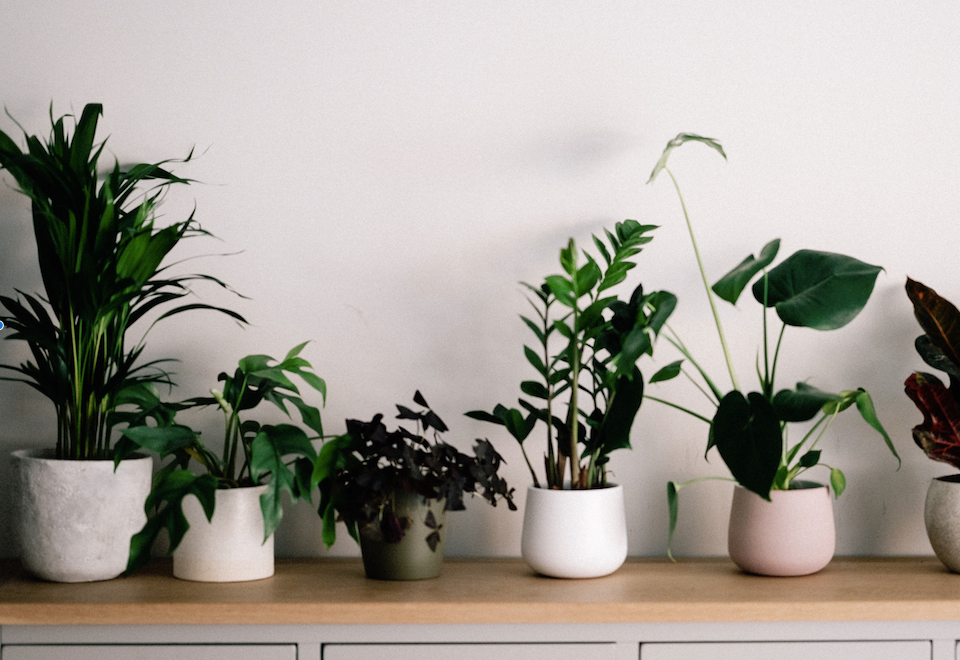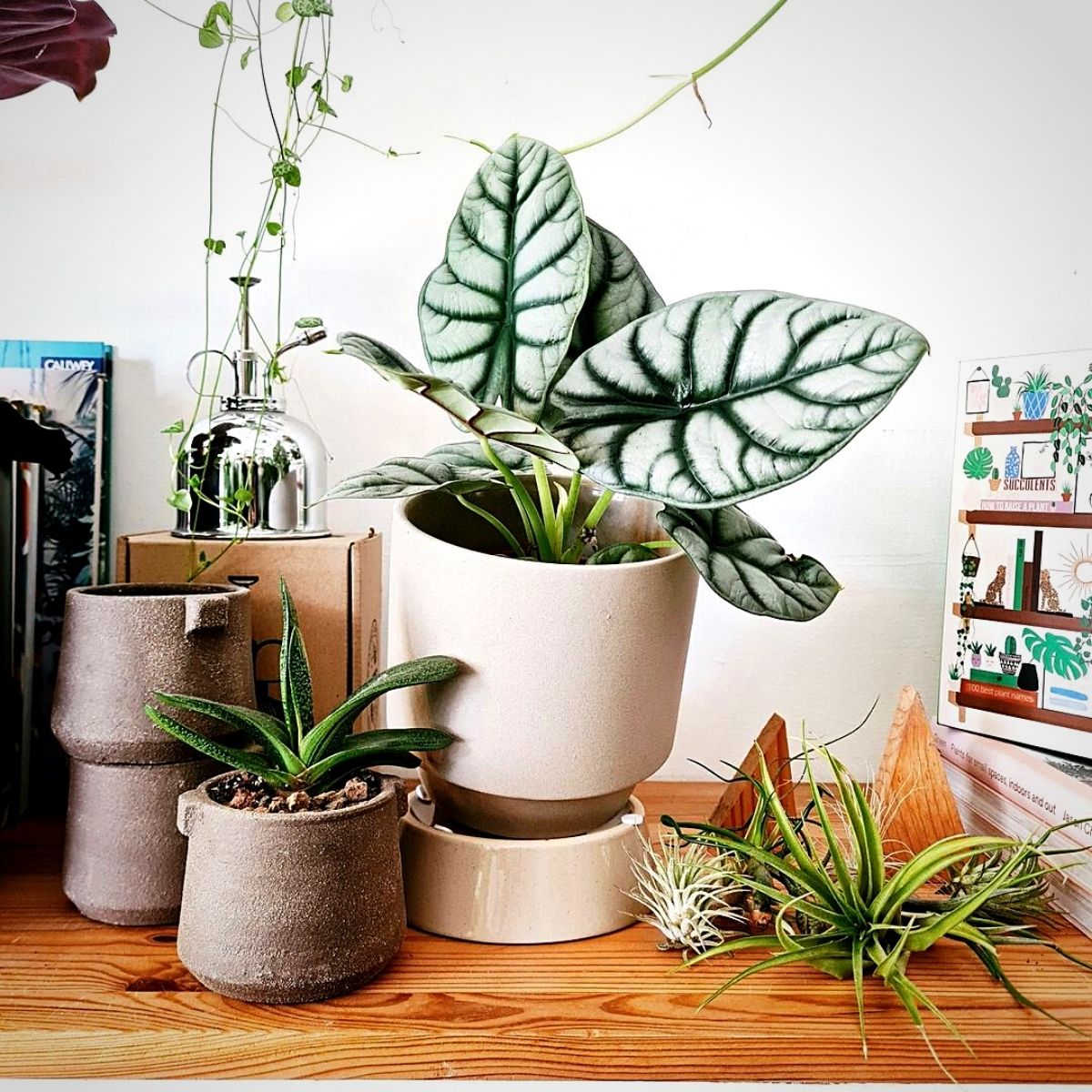Transform Your Home With Beautiful Low-Light Indoor Plants and Their Benefits
Incorporating low-light indoor plants right into your home can significantly boost both the environmental and aesthetic quality of your space. These plants, which flourish in dim problems, offer not just as attractive aspects however also as natural air cleansers, making them optimal for metropolitan occupants or those with minimal sunshine direct exposure. As we check out the numerous kinds of low-light plants and their benefits, you might locate surprising ways to incorporate them right into your home that can change your environments in means you could not have expected.
Benefits of Low-Light Plants
Low-light plants provide countless benefits for interior settings, making them an excellent choice for both beginner and skilled garden enthusiasts. One of the primary benefits is their versatility to low-light conditions, enabling individuals to enhance their space without the need for considerable sunshine exposure. This characteristic makes them perfect for apartment or condos, offices, and various other locations with limited all-natural light.

Furthermore, incorporating low-light plants into home design can raise the aesthetic appeal of a room. Their rich foliage and varied structures create a soothing atmosphere, adding to general wellness. The existence of plant has actually been linked to lowered stress and anxiety degrees and enhanced productivity, making low-light plants a sensible selection for boosting both mental and physical health and wellness in interior setups.
Leading Low-Light Indoor Plants
While several interior plants prosper in brilliant light, several species are specifically appropriate for low-light conditions, making them optimal for different interior areas. One prominent choice is the Serpent Plant (Sansevieria), understood for its striking upright leaves and durability, needing marginal treatment. One more exceptional choice is the Pothos (Epipremnum aureum), which includes heart-shaped leaves and can trail perfectly from racks or hangers, thriving in low light and including a lush touch.
The ZZ Plant (Zamioculcas zamiifolia) is celebrated for its shiny fallen leaves and ability to withstand neglect, making it best for hectic way of lives. Similarly, the Peace Lily (Spathiphyllum) not just endures reduced light yet additionally creates magnificent white flowers, boosting any room's visual.
For a distinct touch, consider the Cast Iron Plant (Aspidistra elatior), which undoubtedly meets its name, flourishing in the darkest corners of your home. The Chinese Evergreen (Aglaonema) supplies a selection of leaf patterns and colors while being incredibly forgiving in low-light problems. These plants not just beautify indoor settings but additionally contribute to air purification, enhancing your living room.
Treatment Tips for Low-Light Plants

Watering practices are vital; these plants frequently choose somewhat dry conditions. Overwatering can result in root rot, so ensure that the leading inch of dirt is dry before sprinkling once again. Use pots with drain openings to enable excess dampness to run away.
Moisture is one more important variable. Lots of low-light plants, such as ferns and tranquility lilies, gain from greater humidity levels. To enhance humidity, take into consideration misting the fallen leaves or putting a tray of water near the plants.
Fertilization needs to be come close to with caution. During the expanding period, use a diluted, balanced fluid fertilizer on a monthly basis to support development, however stay clear of fertilizing throughout the inactive cold weather.

Imaginative Ways to Display Plants
Interior plants can serve as captivating prime focus in any kind of room, improving both aesthetic appeal and setting. Innovative display screens can elevate the aesthetic effect of low-light plants, making them an integral component of your home decoration. One effective technique is to make use of tiered plant stands, which permit you to showcase several plants at varying elevations while optimizing flooring room.
Hanging planters are another cutting-edge choice, producing a feeling of depth and drawing the eye upwards. Think about macramé hangers or wall-mounted racks to present an unique texture and design.
For a more structured approach, use geometric terrariums or glass containers to house your plants, adding a modern touch to your interior yard. You can additionally repurpose classic things, such as teacups or wooden pet crates, go now for a diverse screen that mirrors your individuality.
Enhancing Home Setting With Plants
Incorporating low-light plants right into your home not only boosts aesthetic appeal yet likewise contributes substantially to the general setting. These plants work as all-natural decoration components, introducing a feeling of serenity that can transform any kind of room. The visibility of greenery cultivates a soothing atmosphere, which is specifically valuable in high-stress settings such as office or living areas.
Low-light plants, such as serpent plants, pothos, and ZZ plants, are not only cosmetically pleasing but also improve interior air high quality by filtering system contaminants. This double function improves the atmosphere additionally, developing a healthier space (Best low-light indoor plants). The strategic positioning of these plants can also influence the assumption of room; for example, tall plants can attract the eye upwards, making ceilings appear higher and rooms extra large
Moreover, differing textures and shades of vegetation include depth to interior decoration, enabling innovative expression in home styling. Whether put on shelves, in corners, or as centerpieces, low-light plants can boost the state of mind of any room. In recap, integrating these plants into your home is a reliable way to cultivate a cozy, welcoming atmosphere while profiting of boosted air high quality and aesthetic versatility.
Verdict
Integrating low-light indoor plants right into home settings supplies many benefits, including improved aesthetic appeal and enhanced air high quality. These resistant plants, such as the Serpent Plant and Tranquility Lily, require minimal light and upkeep, making them suitable for diverse way of lives. Their ability to filter pollutants adds to a much healthier home, while their diverse appearances and colors improve interior style try this web-site (Best low-light indoor plants). Ultimately, the incorporation of low-light plants cultivates a tranquil and inviting setting, changing any home right into a serene oasis.
While many indoor plants thrive in bright light, numerous types are specifically well-suited for low-light problems, making them excellent for various indoor rooms. One efficient technique is to utilize tiered plant stands, which permit you to display numerous plants at differing elevations while optimizing More about the author floor space.
Low-light plants, such as snake plants, pothos, and ZZ plants, are not only cosmetically pleasing but also enhance interior air quality by filtering pollutants. Best low-light indoor plants. The strategic placement of these plants can also influence the understanding of space; for circumstances, tall plants can attract the eye upward, making ceilings appear greater and areas extra roomy
These durable plants, such as the Snake Plant and Peace Lily, require marginal light and maintenance, making them suitable for diverse way of lives.